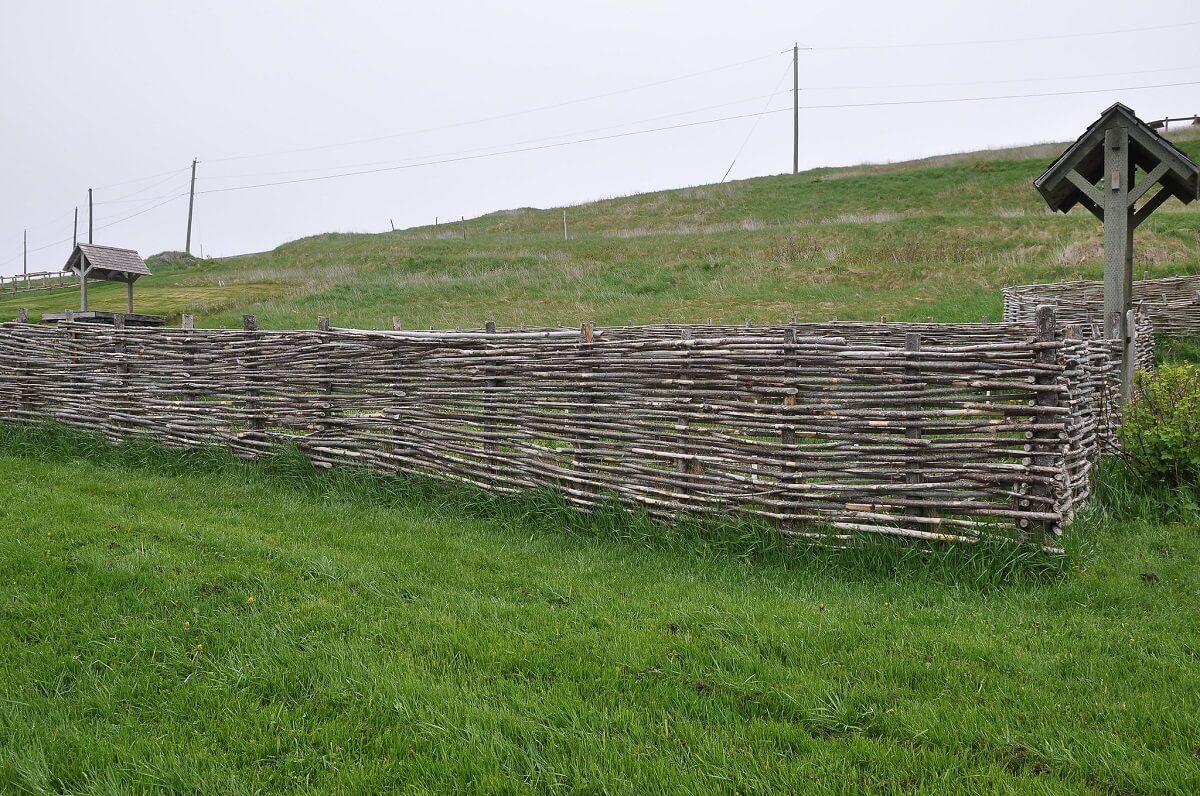

Articles
What Is The Cheapest Fence
Modified: October 20, 2024
Looking for articles on what is the cheapest fence? Discover cost-effective options for fencing in this comprehensive guide.
(Many of the links in this article redirect to a specific reviewed product. Your purchase of these products through affiliate links helps to generate commission for Storables.com, at no extra cost. Learn more)
Introduction
Choosing the right fence for your property can be a daunting task, especially when you’re on a tight budget. However, with the multitude of fence materials available in the market, finding an affordable option that suits your needs is not an impossible feat. In this article, we will explore the factors to consider before choosing a fence, compare different fence materials, discuss their pros and cons, examine the costs associated with each material, and provide tips on finding the cheapest fence options.
Before diving into the nitty-gritty details, it’s important to assess what factors are important to you when selecting a fence. Are you primarily concerned about the cost, or do you also value aesthetics, durability, and low maintenance? Understanding your priorities will help you make an informed decision.
Next, let’s compare different fence materials to determine which ones are the most cost-effective options:
Key Takeaways:
- When choosing the cheapest fence, consider factors like budget, material, maintenance, durability, and aesthetics. Compare wood, chain link, vinyl, aluminum, and wrought iron to find the best fit for your needs and budget.
- To save money on your fencing project, shop around for suppliers, consider DIY installation, look for seasonal discounts, and explore used materials. Careful planning and research can help you find an affordable yet quality fence option.
Read more: What Is The Cheapest Countertops
Factors to Consider before Choosing a Fence
When exploring fence options, there are several factors you should consider to ensure you make the right choice for your budget and needs. Let’s delve into these factors:
1. Budget: Your budget will play a significant role in determining the type of fence you can afford. Different materials come at varying price points, so it’s crucial to establish a realistic budget from the outset.
2. Material: The material you choose will impact both the cost and the overall look of your fence. Common materials include wood, chain link, vinyl, aluminum, and wrought iron. Each material comes with its own unique characteristics and price range.
3. Maintenance: Consider how much time and effort you are willing to invest in maintaining your fence. Some materials, like wood, require regular staining or painting to maintain their appearance, while others, like vinyl, are virtually maintenance-free.
4. Durability: If you’re looking for a long-lasting fence, durability should be a key consideration. Materials like aluminum and vinyl are known for their durability and resistance to weathering, while wood may require more maintenance and has a shorter lifespan.
5. Aesthetics: The appearance of your fence can greatly impact the overall aesthetic of your property. Choose a material and style that complements your home or landscape design, while keeping your budget in mind.
By carefully considering these factors, you can narrow down your options and find a fence that aligns with your budget and requirements.
Comparison of Different Fence Materials
Now that we have discussed the factors to consider, let’s compare some of the most common fence materials and their key characteristics:
1. Wood: Wood fences offer a timeless and traditional look. They are customizable, can be painted or stained in various colors, and provide privacy. However, wood requires regular maintenance, such as sealing and painting, to prevent rotting and insect infestation.
2. Chain Link: Chain link fences are known for their affordability and durability. They are often used for security purposes and require minimal maintenance. However, they do not offer much privacy and may not be the most aesthetically pleasing option.
3. Vinyl: Vinyl fences are low maintenance and come in a variety of styles and colors. They are resistant to rot, fading, and insect damage, making them a durable option. However, vinyl fences can be more expensive upfront compared to other materials.
4. Aluminum: Aluminum fences are lightweight, durable, and relatively maintenance-free. They can be customized to fit various styles and offer excellent durability and rust resistance. However, they may not provide as much privacy as other materials.
5. Wrought Iron: Wrought iron fences are known for their elegance and durability. They can be custom-designed to suit your preferences and offer excellent security. However, wrought iron fences tend to be more expensive and require periodic maintenance to prevent rust.
Each fence material has its own strengths and weaknesses, so it’s essential to evaluate which one aligns best with your budget, maintenance preferences, and aesthetic goals.
Pros and Cons of Each Fence Material
Now, let’s explore the pros and cons of each fence material to help you make a more informed decision:
1. Wood:
– Pros: Provides privacy, can be customized, offers a classic and natural look.
– Cons: Requires regular maintenance, susceptible to rot and insect damage, may have a shorter lifespan compared to other materials.
2. Chain Link:
– Pros: Affordable, low maintenance, offers security, allows visibility.
– Cons: Limited privacy, not the most visually appealing option, less durable compared to other materials.
3. Vinyl:
– Pros: Low maintenance, resistant to rot, fading, and pests, comes in various styles and colors.
– Cons: Higher initial cost, may have limited color options, can become brittle in extreme temperatures.
4. Aluminum:
– Pros: Lightweight, durable, low maintenance, customizable, rust-resistant.
– Cons: Offers less privacy, can be more expensive than other materials, may dent or scratch.
5. Wrought Iron:
– Pros: Elegant and durable, provides excellent security, can be custom-designed.
– Cons: Higher cost, requires periodic maintenance to prevent rust, may not provide complete privacy.
By considering the pros and cons of each fence material, you can determine which one aligns best with your specific needs and preferences.
Consider using chain-link fencing as it is often the cheapest option. It is durable, low-maintenance, and can be a cost-effective way to secure your property.
Cost Comparison of Different Fence Materials
When considering the cost of different fence materials, it’s important to account for both the upfront expenses and long-term maintenance costs. Here is a breakdown of the cost ranges for various fence materials:
1. Wood: Wood fences can vary significantly in price depending on factors such as the type of wood, fence height, and design. On average, wood fences can cost between $10 and $30 per linear foot, including installation. However, keep in mind that ongoing maintenance costs, such as staining and sealing, should be taken into account.
2. Chain Link: Chain link fences are one of the most affordable options. The cost is typically calculated per linear foot and can range from $5 to $15, including installation. However, keep in mind that the price may increase if additional features like privacy slats or gate installation are required.
3. Vinyl: Vinyl fences are known for their durability and low maintenance. The cost of a vinyl fence can range from $20 to $40 per linear foot, including installation. While the upfront cost is higher compared to other materials, the lack of maintenance expenses over time can offset the initial investment.
4. Aluminum: Aluminum fences are a popular choice due to their durability and versatility. The cost of an aluminum fence can range from $25 to $40 per linear foot, including installation. Additional features such as decorative elements and gates can increase the overall cost.
5. Wrought Iron: Wrought iron fences are known for their elegance and strength. However, they tend to be the most expensive option. The cost of a wrought iron fence can range from $30 to $100 per linear foot, including installation. The price will depend on factors such as fence height, design complexity, and any customization required.
It’s essential to keep in mind that these price ranges are estimates and can vary based on factors such as location, local labor costs, and specific project requirements. It’s recommended to obtain quotes from multiple contractors to get a more accurate understanding of the cost for your specific project.
Read more: What Printer Has The Cheapest Ink
Factors Affecting the Cost of Fences
When determining the cost of a fence, several factors come into play. Understanding these factors will help you plan and budget for your fencing project. Here are some key factors that can affect the overall cost:
1. Fence Height: The height of the fence can significantly impact the cost. Taller fences require more materials and labor, making them more expensive compared to shorter fences. Additionally, some municipalities may have height restrictions that could affect the cost of the fence.
2. Fence Length: The length of the fence is another crucial factor to consider. The longer the fence, the more materials will be needed, resulting in higher costs. Additionally, longer fences may require more labor and time for installation.
3. Additional Features: The inclusion of additional features can increase the cost of the fence. For example, decorative elements, custom designs, special gates, or privacy slats can add to the overall price. It’s important to consider these features and their impact on your budget.
4. Installation Charges: The cost of installation varies depending on the complexity of the project and the contractor’s rates. Factors such as the terrain, accessibility, and any necessary equipment can influence the installation charges. It’s advisable to obtain quotes from multiple contractors to compare prices.
5. Geographic Location: The geographic location can affect the cost of materials and labor. Prices for materials may vary across regions, and labor costs can vary based on local market conditions and construction regulations. It’s important to consider regional factors when estimating the overall cost of the fence.
By considering these factors, you can better understand the potential costs associated with your fencing project. It’s recommended to consult with local professionals and contractors who have experience working in your area to obtain accurate estimates and ensure your project stays within your budget.
Tips for Finding Affordable Fence Options
When budget is a concern, there are several strategies you can employ to find affordable fence options without compromising quality. Consider the following tips to help you save money on your fencing project:
1. Shop around for different suppliers: Take the time to research and compare prices from various suppliers in your area. Prices can vary significantly, so obtaining multiple quotes will help you find the best deal. Don’t forget to consider the quality of materials and services offered by each supplier as well.
2. Consider purchasing materials vs. hiring professionals: If you have the necessary skills and tools, purchasing fence materials and installing the fence yourself can save money on labor costs. However, be sure to research local building codes and regulations to ensure that you can install the fence safely and legally.
3. Look for seasonal specials and discounts: Many fencing suppliers and contractors offer seasonal specials and discounts. Keep an eye out for deals during the off-season when demand is lower. By being flexible with your installation timeline, you may be able to take advantage of significant savings.
4. Consider used or reclaimed materials: In some cases, you may find used or reclaimed fence materials that are still in good condition. Check local classified ads, salvage yards, or online marketplaces for these cost-effective options. However, be sure to thoroughly inspect the materials to ensure they meet your needs and will last.
By implementing these tips, you can find affordable fence options that fit your budget without compromising on quality or aesthetics. Remember to carefully assess each option and consider the long-term costs and benefits to make an informed decision.
Conclusion
Choosing the right fence for your property while keeping costs in mind is possible with careful consideration and research. By considering factors such as budget, material, maintenance, durability, and aesthetics, you can narrow down your options and find the fence that best fits your needs and preferences.
Wood, chain link, vinyl, aluminum, and wrought iron are some of the most common fence materials available. Each material has its own pros and cons, so it’s important to weigh these factors against your priorities. Additionally, costs can vary depending on the material, fence height and length, additional features, installation charges, and geographic location. It’s recommended to obtain quotes from multiple suppliers and contractors to find the best price for your specific project.
When searching for affordable fence options, consider shopping around for different suppliers, exploring the possibility of purchasing materials and installing the fence yourself, keeping an eye out for seasonal specials and discounts, and considering used or reclaimed materials. These strategies can help you save money without compromising on quality or aesthetics.
In conclusion, finding the cheapest fence option involves careful consideration of the factors mentioned, conducting thorough research, and exploring cost-saving strategies. By doing so, you can find a fence that meets your budget, enhances the security and privacy of your property, and adds aesthetic appeal to your surroundings.
Frequently Asked Questions about What Is The Cheapest Fence
Was this page helpful?
At Storables.com, we guarantee accurate and reliable information. Our content, validated by Expert Board Contributors, is crafted following stringent Editorial Policies. We're committed to providing you with well-researched, expert-backed insights for all your informational needs.
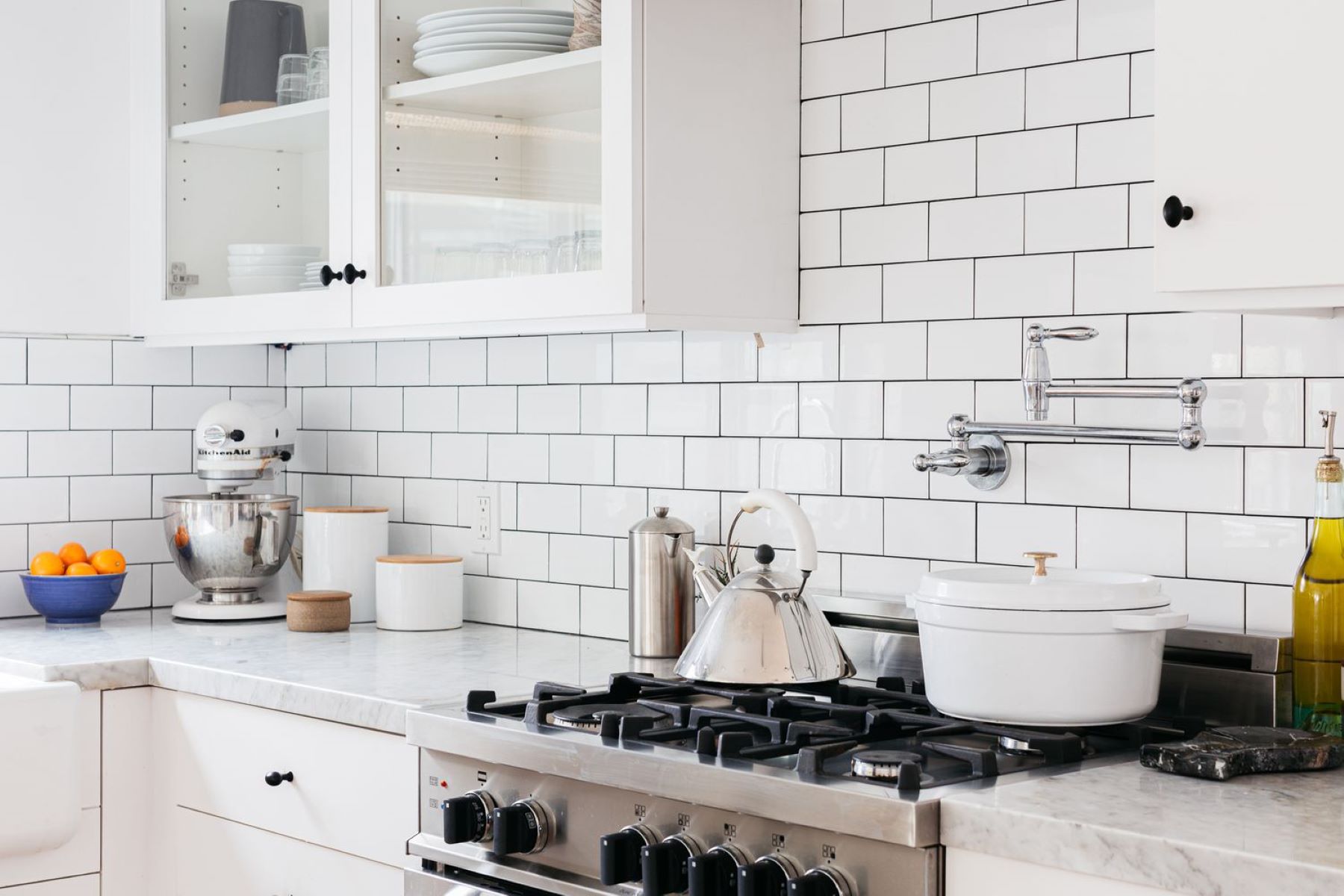
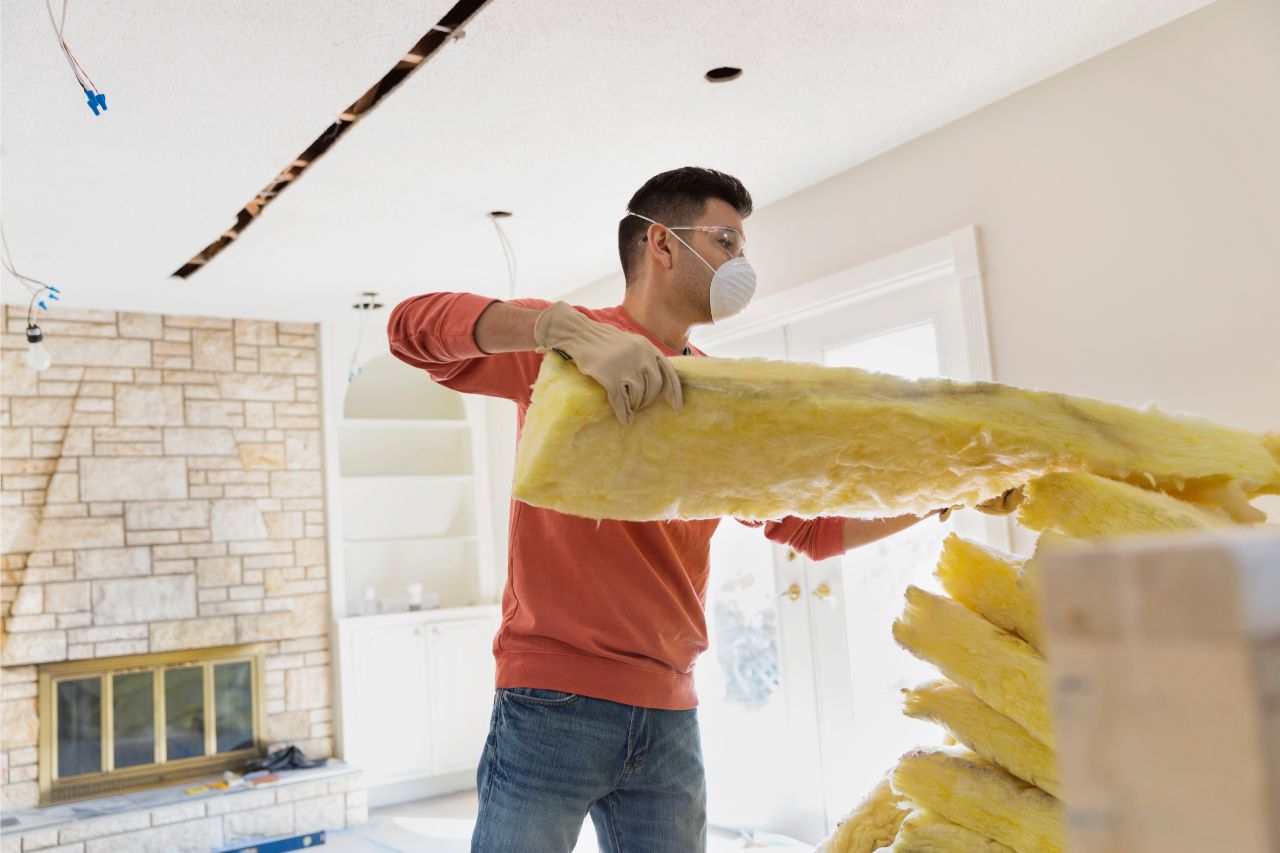


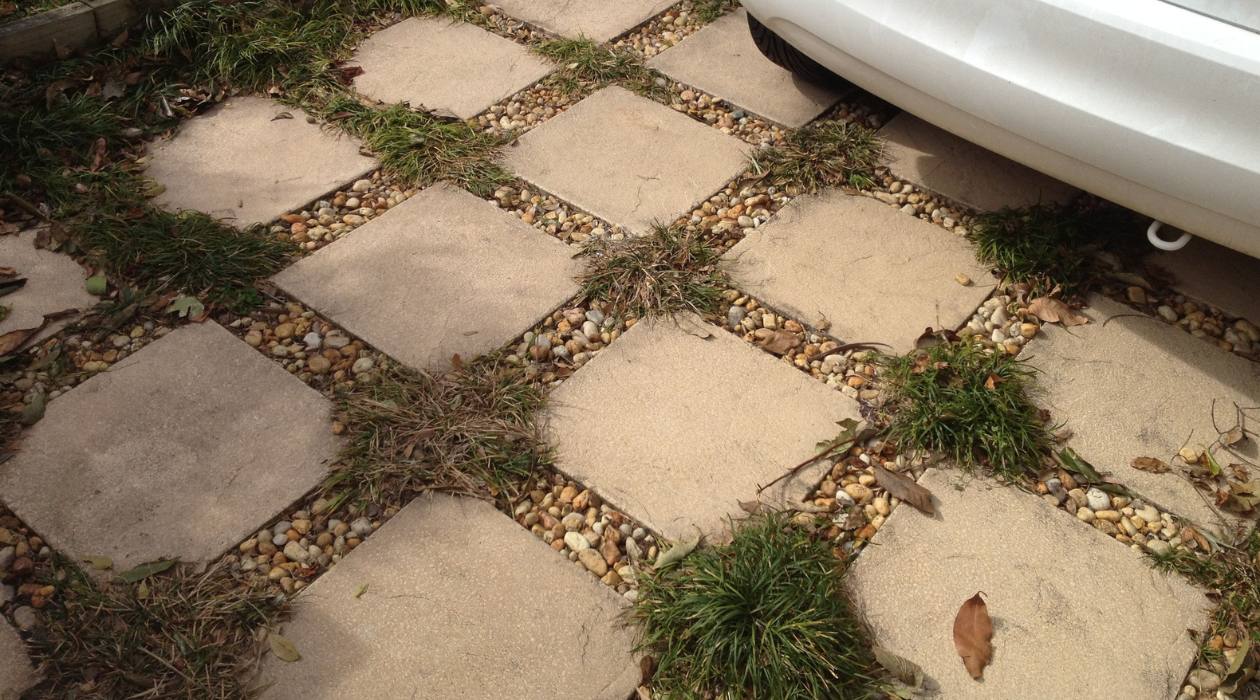
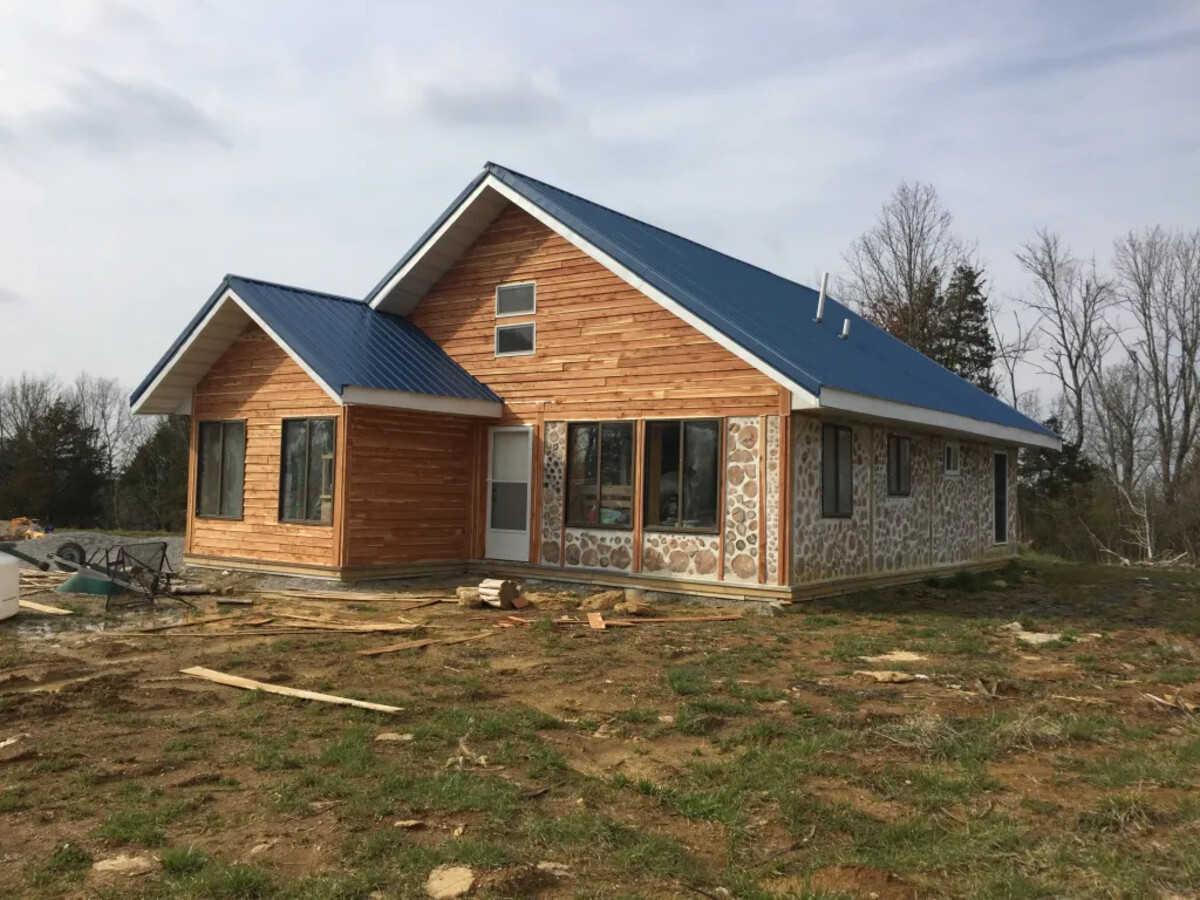
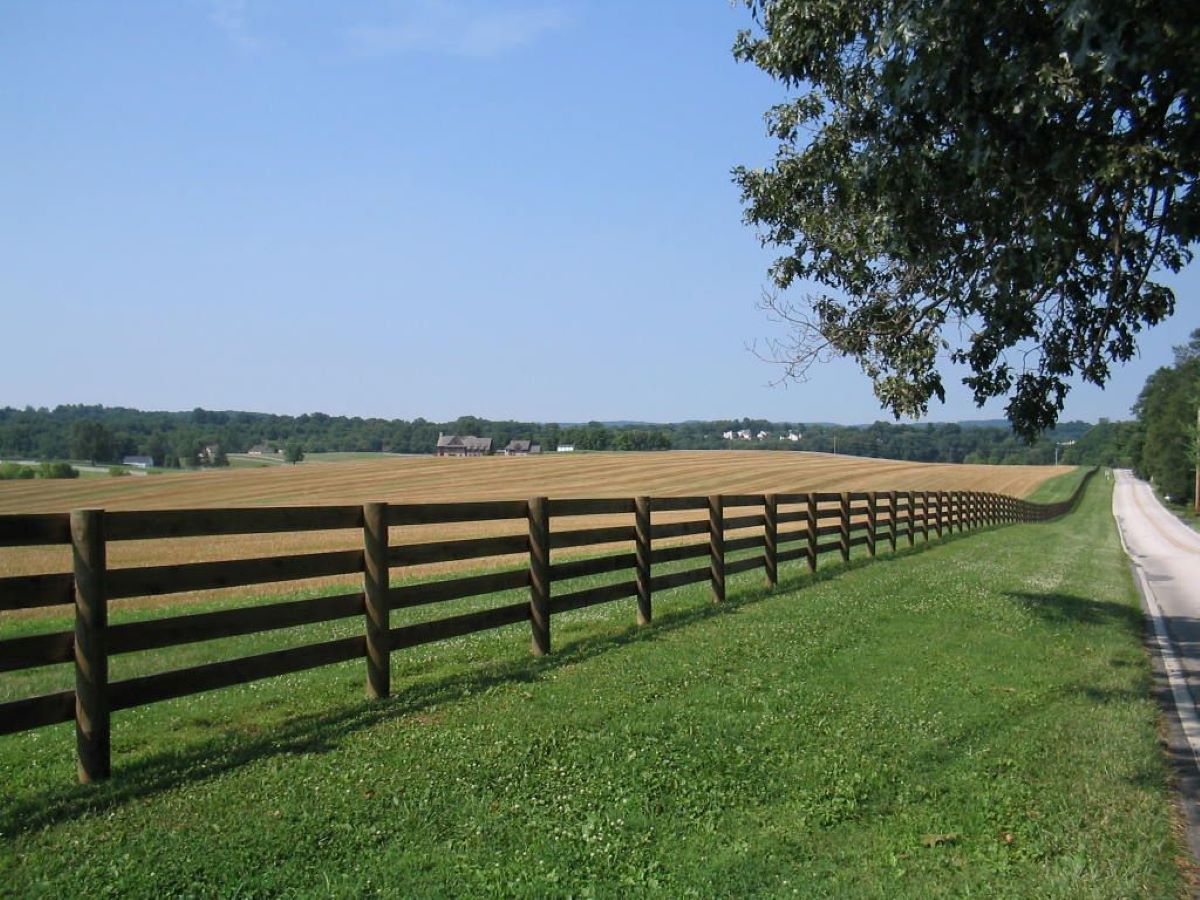

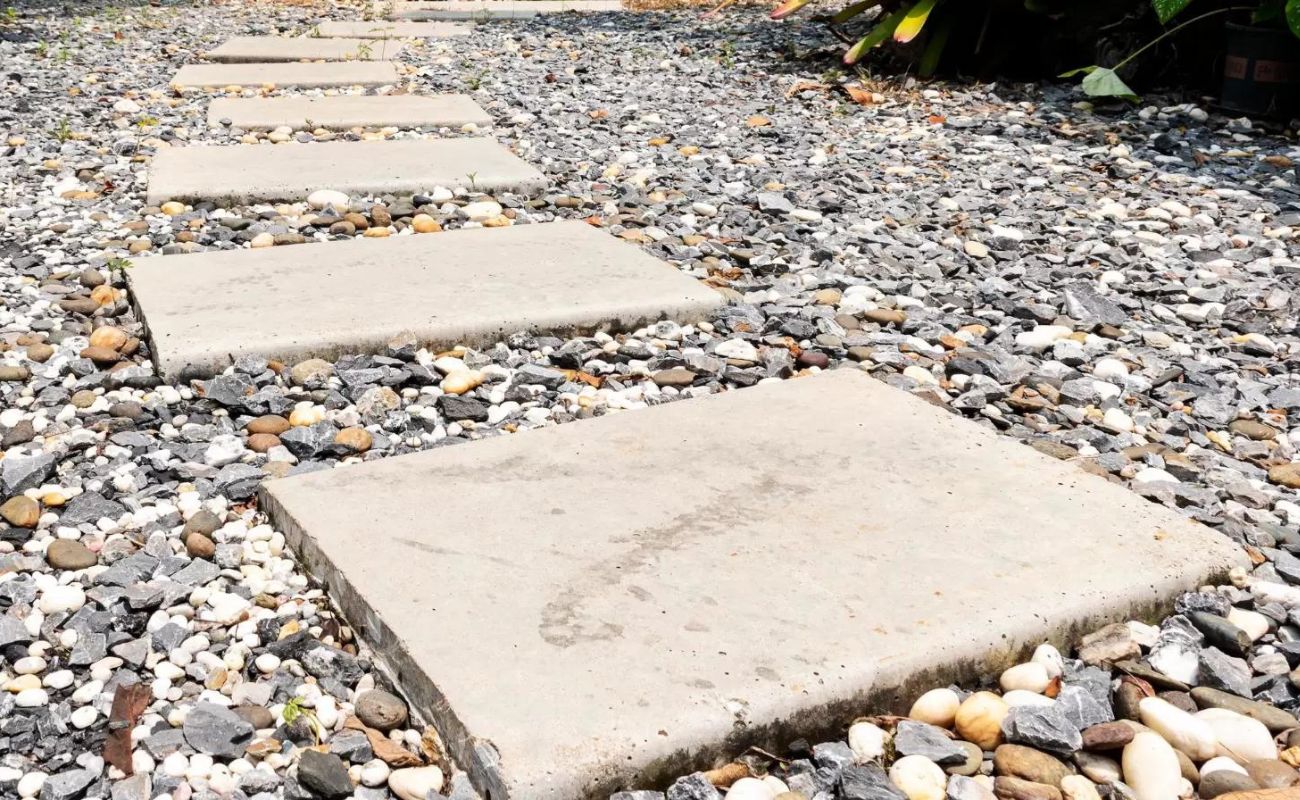
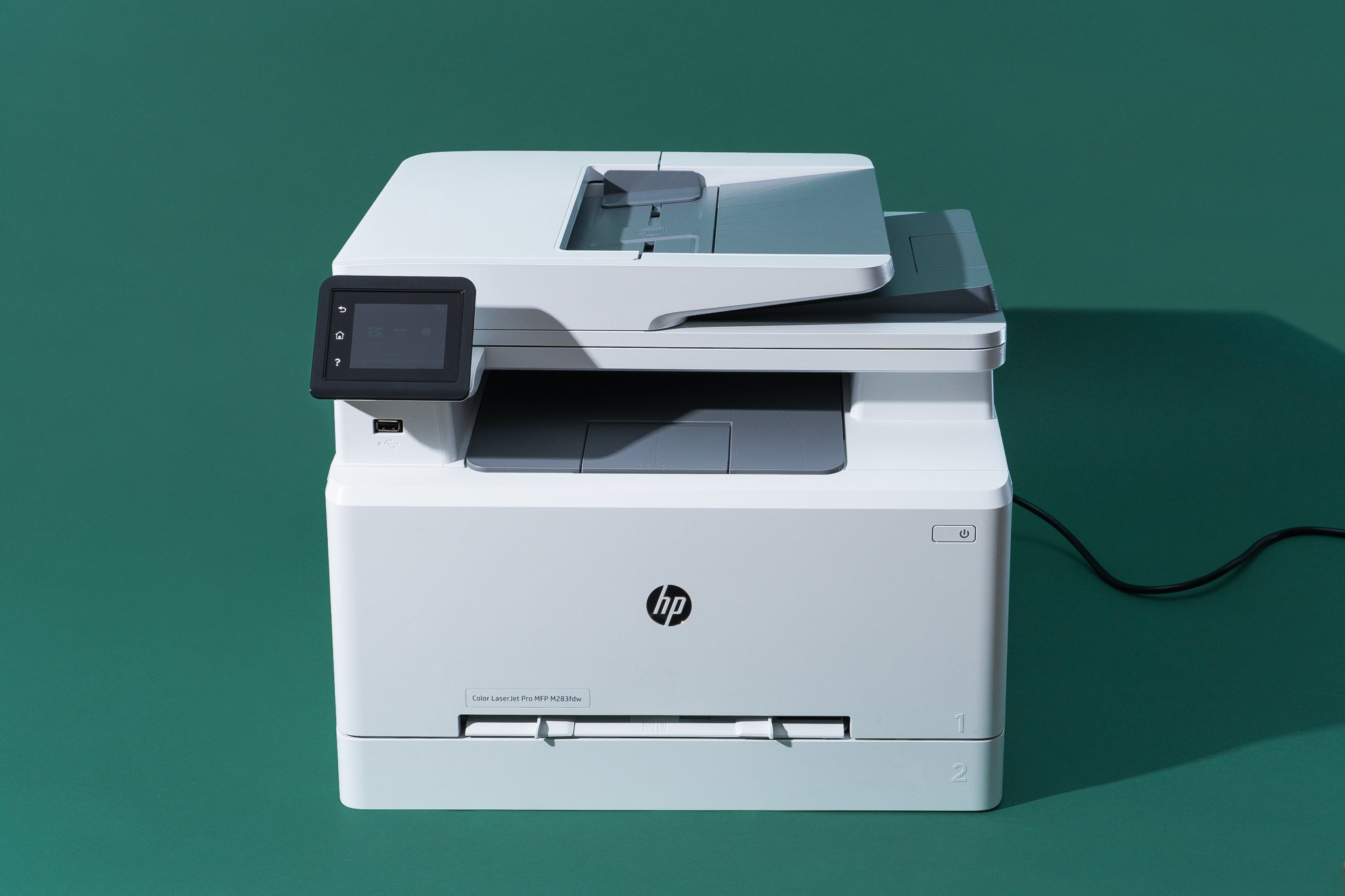
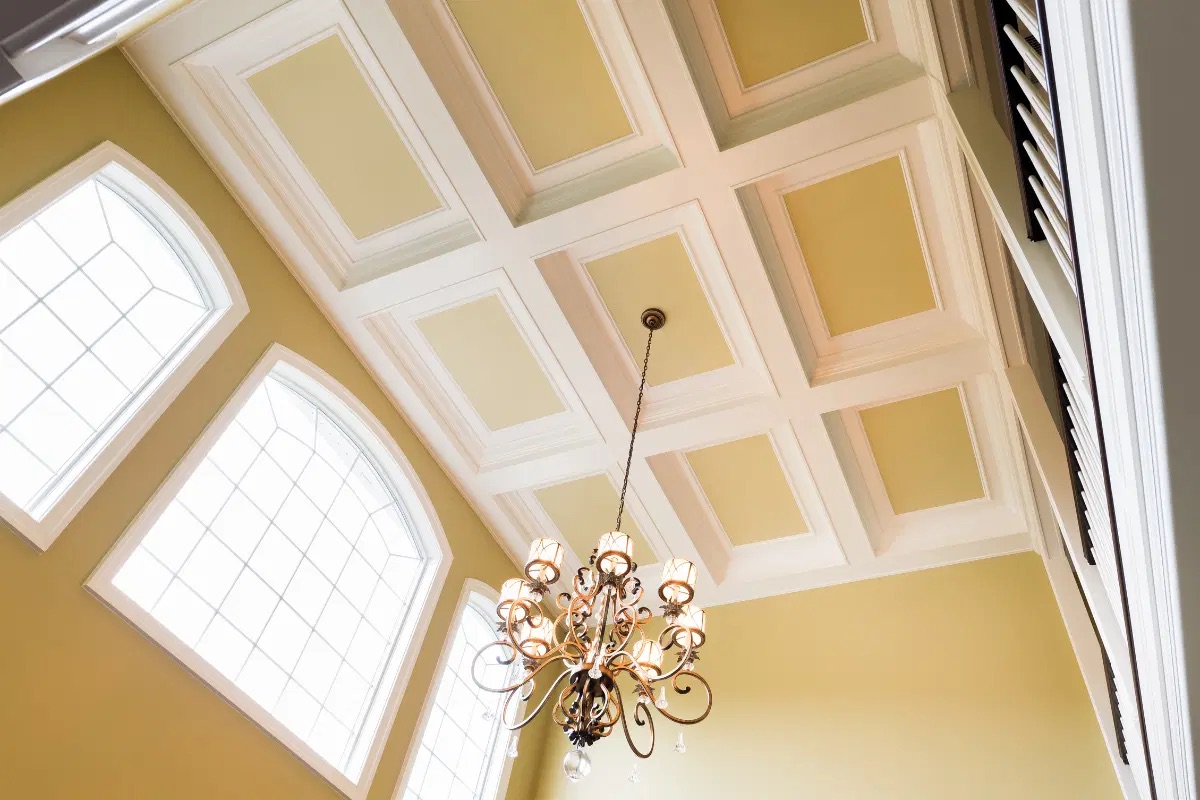

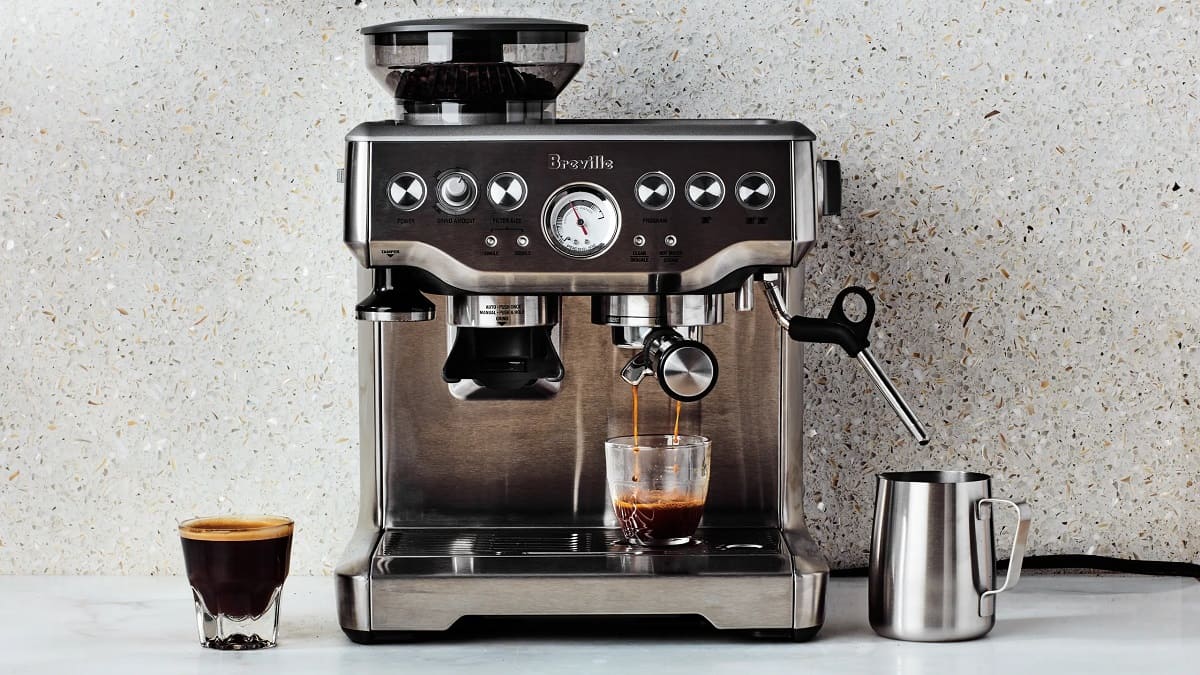
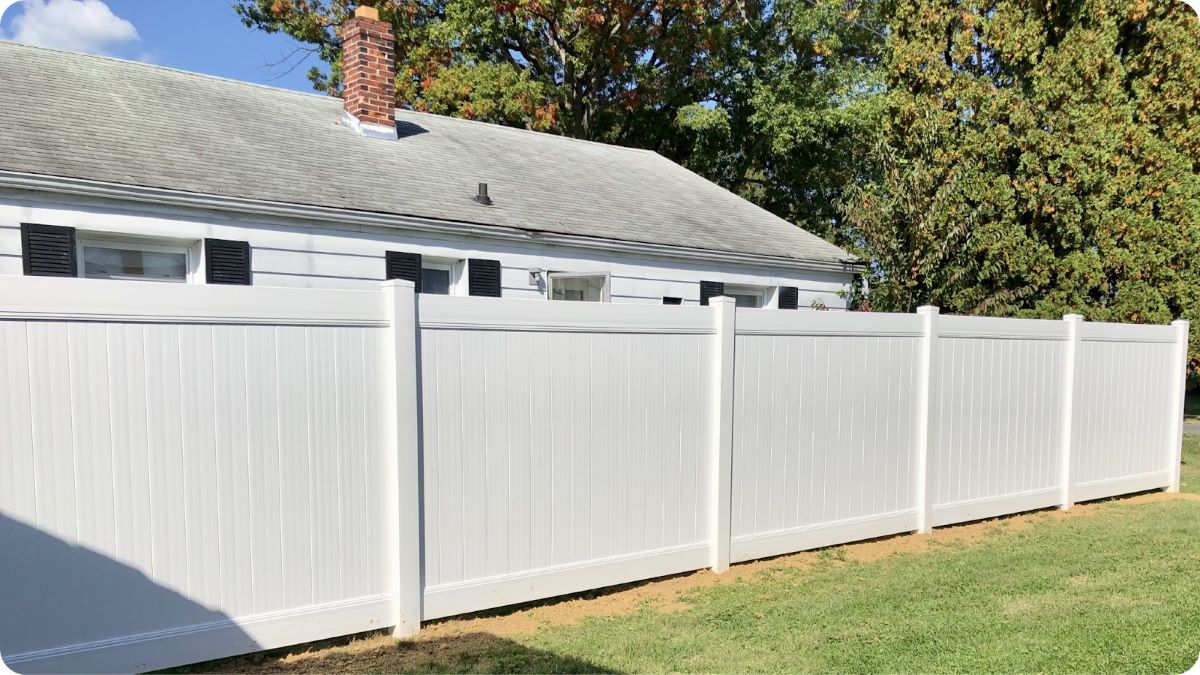

0 thoughts on “What Is The Cheapest Fence”